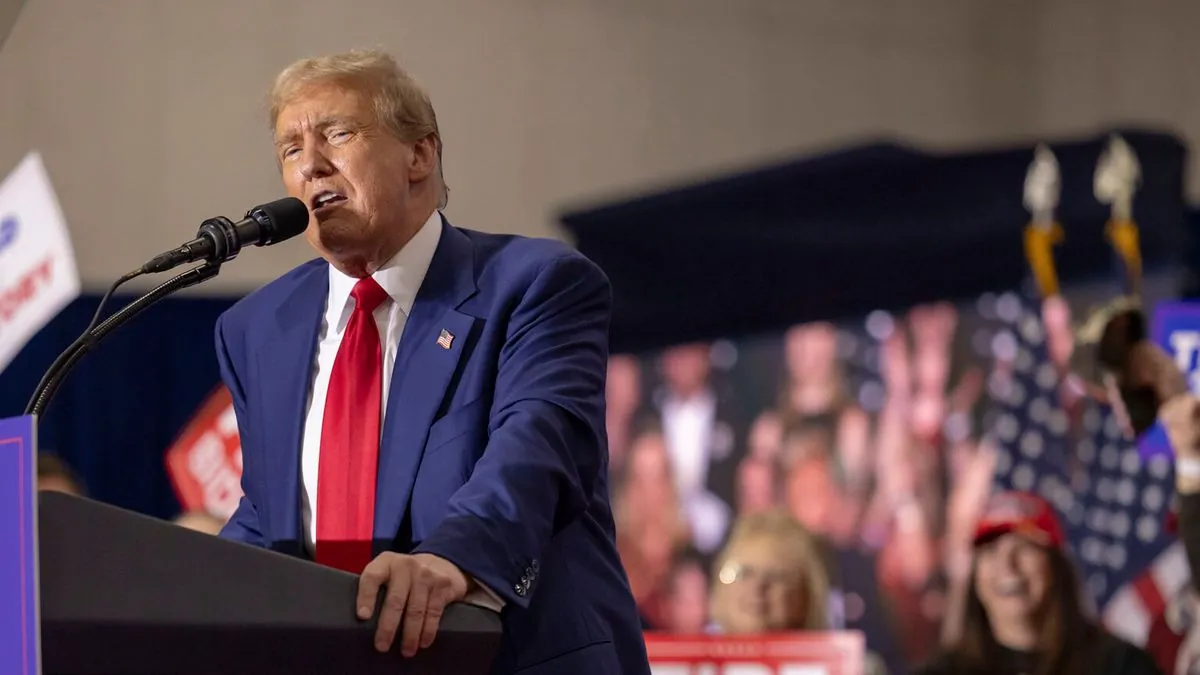Contrasting Styles: Presidential Candidates' Acceptance Speeches Analyzed
Recent presidential nomination acceptance speeches showcased stark differences in style and delivery. A brief analysis highlights the unique approaches of two major party candidates, reflecting their campaign personas.

In the realm of American politics, acceptance speeches serve as pivotal moments for presidential hopefuls. Recently, two major party candidates delivered addresses that starkly contrasted in style and substance, offering voters a clear glimpse into their distinct approaches to leadership.
Donald Trump, the former president, presented a lengthy oration that frequently deviated from his prepared text. His speech was characterized by impromptu asides and personal anecdotes, reflecting his well-known penchant for off-the-cuff remarks. This style, while familiar to many, resulted in a prolonged presentation that meandered through various topics.

Conversely, Vice President Kamala Harris opted for a more structured approach. Her address was concise and meticulously crafted, adhering closely to a predetermined script. This methodical delivery allowed for a more time-efficient presentation, particularly beneficial for East Coast viewers contending with later hours.
The disparity in these speeches underscores the broader differences in communication styles between the candidates. Trump's improvisational tendencies often lead to extended monologues, while Harris favors a more disciplined oratorical approach.
"The contrasting speech styles of these candidates offer voters a clear choice not just in policy, but in leadership communication."
These acceptance speeches, typically delivered at party conventions, play a crucial role in shaping public perception. They provide candidates with a platform to articulate their vision and connect with voters across the nation. The content and delivery of these addresses often become subjects of extensive media analysis and public discourse.
It's worth noting that the impact of these speeches can vary depending on factors such as timing and broadcast reach. For instance, speeches delivered later in the evening may have different viewership patterns across time zones, potentially affecting their reception and impact.
As the campaign progresses, voters will likely become increasingly familiar with each candidate's rhetorical patterns and policy positions. This familiarity may influence how future speeches and debates are perceived, with audiences developing expectations based on past performances.
The stark contrast in speaking styles between these candidates reflects broader differences in their approaches to politics and governance. As the election draws nearer, these distinctions may become even more pronounced, offering voters clear choices not just in policy, but in leadership style and communication.


































